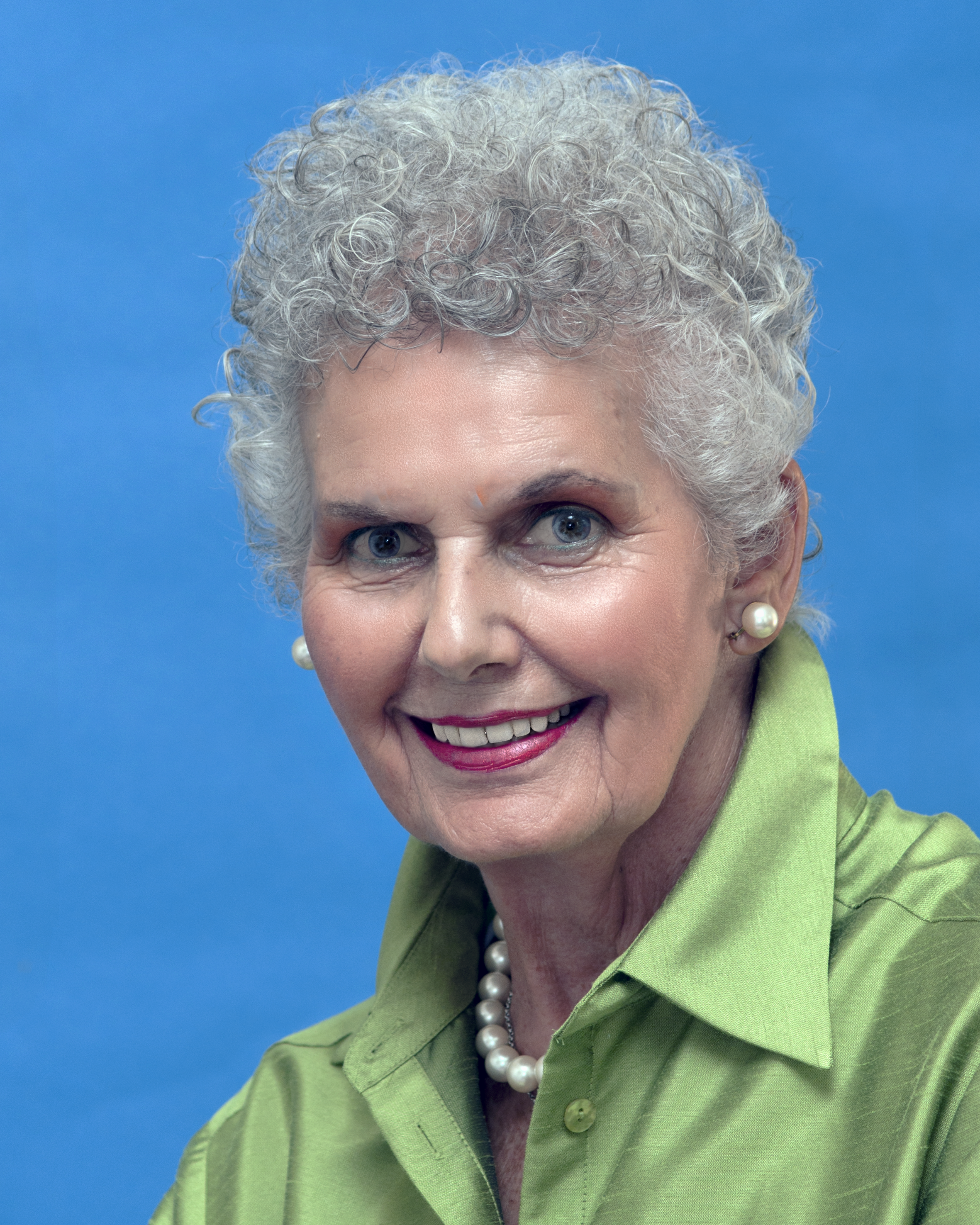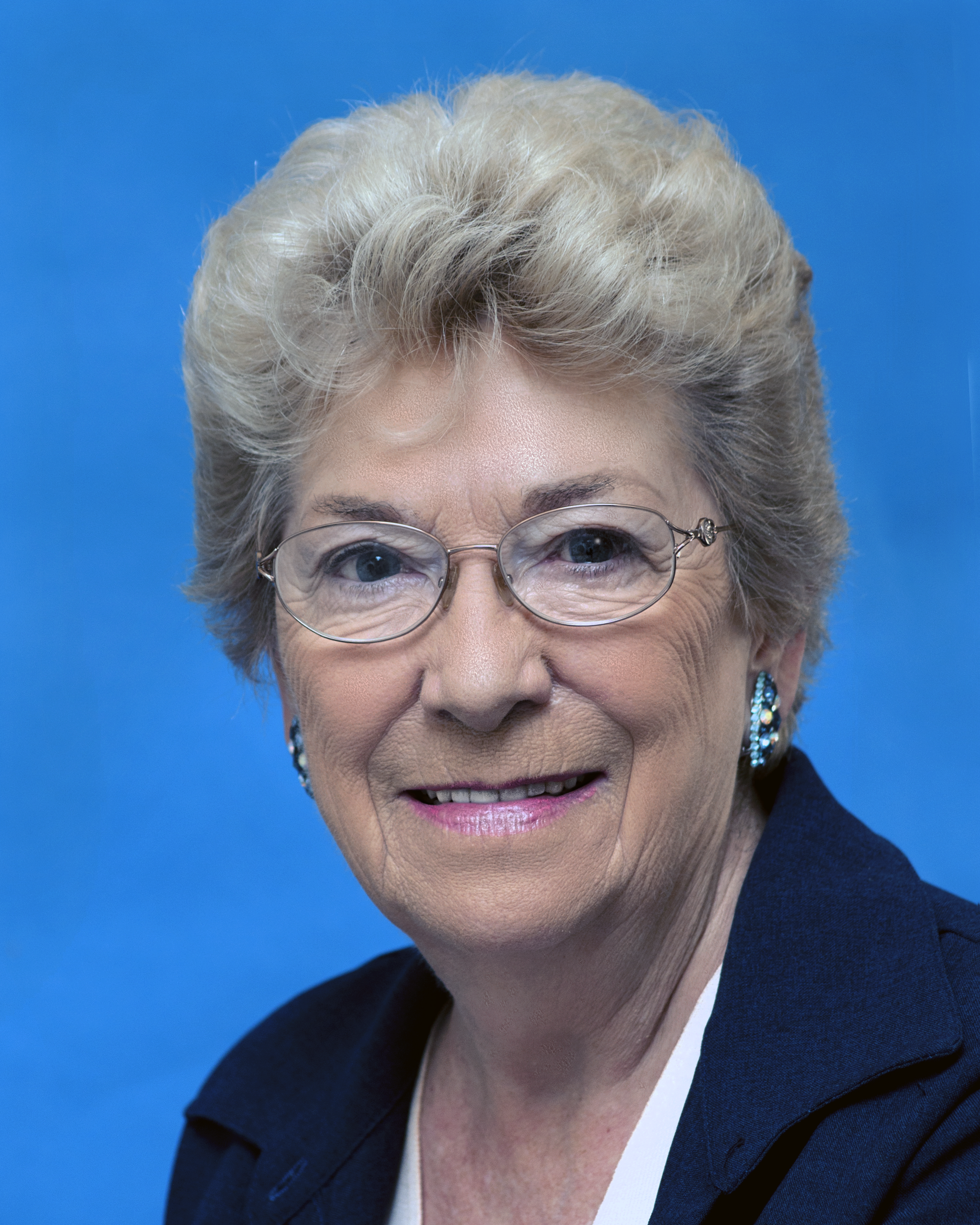
Out of the Box - Lol Winchcomb and Jeannette Hembrough
One day in 2000, Jeannette and I were chatting at the community radio station we were working with . . .
We’d been talking about one part of the radio spectrum not covered in Perth. Then we came up with this bright idea: why not start up our own radio station . . . Fill the gap? Which we did. And it worked. That was 17 years ago.
Lol: What we had realised was that nowhere in Perth was there radio specifically dedicated to the city’s senior citizens and that meant that very little of the music of 40 years ago was being heard. 
So what did we do? We put an ad in the local paper seeking expressions of interest in our plan. And crossed our fingers.
We were bowled over by the response. Over 70 people poured through our doors, some of them having worked in radio, some just wanting to volunteer. That was the easy part. Next came the real challenge, including setting up a management committee, finding suitable premises, funding, equipment and, most importantly, acquiring a temporary licence to broadcast.
Whew! A long list to be completed. What drove us on was a belief in community radio and our wish to be a part of it. My experience in being behind the microphone had begun in the vast outback of WA operating the Royal Flying Doctor’s radio network. Now it was to be real radio.
It took a little time but by May 2003 we were on the air, broadcasting what we’ve dubbed Music From The Golden Years Of Radio from studios situated appropriately in heritage Wireless Hill Park. I have the role of Programming/ Volunteers Coordinator, juggling our band of presenters and producers covering 42 shifts each week.
And the biggest reward for us? Our listeners. Mostly seniors, many of them of an advanced age, many of them living alone. Our phones ring constantly as they tell us of the role we play in their lives and the company and the comfort community radio brings them.
Jennette: At times we thought we mightn’t make it. Often were the times we’d take one step forward, then two backwards. Having former small-business experience, I’d been elected Treasurer and I can still remember just how bare was the cupboard.  Happily, some of the volunteers contributed funds, seed money, enough to get us started. An even bigger contribution was our team working hard together to bring our dream to fruition. What drove us on was our firm belief in what we were trying to do.
Happily, some of the volunteers contributed funds, seed money, enough to get us started. An even bigger contribution was our team working hard together to bring our dream to fruition. What drove us on was our firm belief in what we were trying to do.
Major breakthroughs: a very generous and supportive Melville City Council provided us with splendid accommodation in Wireless Hill Park and a fellow community radio station whose studios had been refurbished handed over their unwanted studio broadcasting equipment. Then it was noses to the grindstone to set it all up. Fortunately, amongst our team of volunteers, there were those who could use their hands to build and paint and experienced technicians to attend to technical matters as we equipped our new home. We were, finally, ready to go.
The years that followed saw us win our permanent licence to broadcast, gain financial stability, completely refurbish our station with state-ofthe-art equipment, acquire over 300 members, and most happily, a dedicated and a substantial community radio audience.
A couple of years ago I retired as Treasurer but I still enjoy presenting my weekly show where I can look around me and see what has been achieved . . . a dream come true because so many believed in what we were trying to do.
More about Capital Community Radio 101.7FM
Capital Community Radio 101.7FM is located at Wireless Hill Park, Ardross – a suburb of Perth, Western Australia. For a radio station, its location has a historical significance. It was the site of the first communications radio in 1912 linking Perth with the rest of Australia and the world.
The concept of creating a radio station dedicated to serving the seniors of Perth emerged in the year 2000. A group of volunteers experienced in community radio had become aware that there was no other radio station in Perth addressing the special interests of this large group of discerning listeners.
So Capital Community Radio, Inc was registered and in October 2000 was granted a Temporary Community Broadcasting Licence.
In September 2002, the City of Melville agreed to lease to Capital Community Radio its current premise on Wireless Hill, and in May 2003, the station was granted the 90.5 FM frequency and started to broadcast to a listener base waiting to hear the music that they enjoyed.
Nearly five years later, in January 2008, after proving themselves, and with wonderful support from what had become a significant number of dedicated listeners, they were granted a Permanent Community Broadcasting Licence on the frequency of 90.5 FM, still, however, serving only the Perth inner metropolitan area.
In November 2009, we were successful in our application to move to the vacant 101.7FM frequency, and we commenced broadcasting on that frequency from 1 September 2010. This allowed us to reach the much wider listening base of the full Perth metropolitan area, and gave us the right to simulcast our FM programmes on the new Perth Digital (DAB+) band as of 4 May 2011.
As of September 2015, the station were granted a further five year term for their FM and digital licences, during which time the station strives to continue to provide the music and information sought by the community.
It is estimated that some 80,000 to 100,000 listeners now tune in to Capital Radio at various times of the week, and an increasing number are listening on digital radio, and even iPhone. With the “Live Listen” facility on their website reaching a lot more, including an increasing number of listeners from interstate and overseas.
The station hopes to increase the strength of its transmission by the end of the year to reach a wider audience.
Feel free to look through our Constitution. The station is led by a management committee team of:
- Russell Coghlan, Chairman,
- Rod Culley, Vice-Chairman
- Allan Watson, Treasurer
- Paul Winnacott, Secretary
- Lol Winchcomb, Programming/ Volunteers Co-ordinator
- Bill Willesee, Rules
- Alain Gaudet, Sponsorship
- Alan Giles, Media
- Rob Walker
By Terence Spence, Capital Community Radio 101.7fm.
This article was originally published in the November 2017 edition of CBX Magazine
Facebook comments